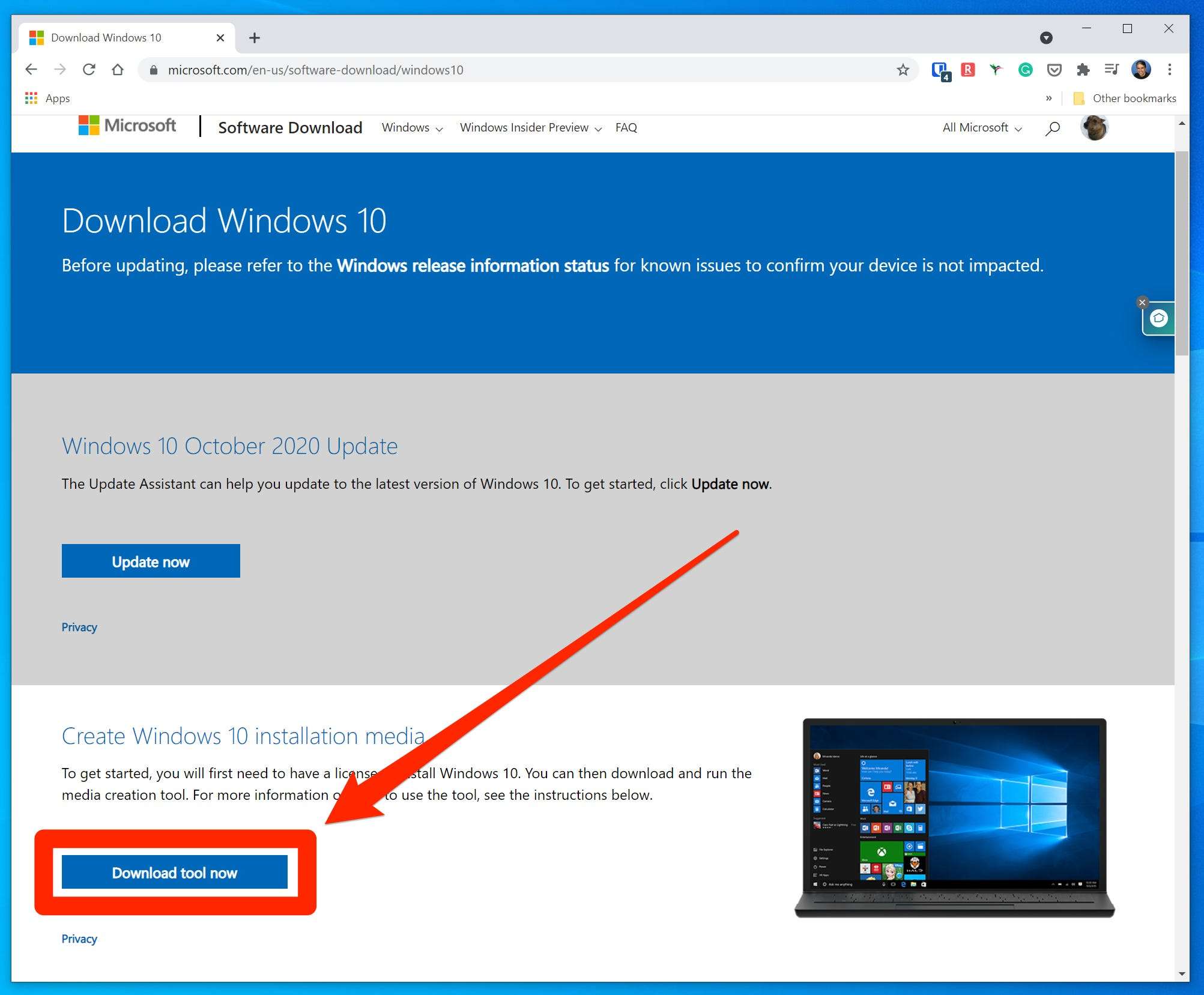
If I take that route, I must then strike the F12 function key to get to an alternate boot menu. On my newer Lenovo PCs, the BIOS tells me that striking the proverbial “any” key will interrupt initial boot-up. Booting Your Windows 10 Install USBĪs a Windows PC is booting, you may be able to interrupt the boot sequence before the Windows loader gets going by striking a function or special key on that machine. Now, you’ve got a brand-new, ready-to-use bootable USB flash drive with Windows 10 21H1 (or whatever version is current as you read this). The process concludes with a brief cleanup to get rid of temporary files and other detritus. Split the Windows image file into smaller files, and put the smaller files onto the USB drive: Dism /Split-Image /ImageFile:D:\sources\install.wim /SWMFile:E:\sources\install.When the MCT writes the bootable files to the drive, it tells you it’s ready.

If your image is larger than the filesize limit:Ĭopy everything except the Windows image file (sources\install.wim) to the USB drive (either drag and drop, or use this command, where D: is the mounted ISO and E: is the USB flash drive.) robocopy D: E: /s /max:3800000000

Windows USB install drives are formatted as FAT32, which has a 4GB filesize limit. Follow the instructions to install Windows. Select the option that boots the PC from the USB flash drive. Turn on the PC and press the key that opens the boot-device selection menu for the computer, such as the Esc/F10/F12 keys. For more information, see Automate Windows Setup. Optional: add an unattend file to automate the installation process.

Use File Explorer to copy and paste the entire contents of the Windows product DVD or ISO to the USB flash drive. Step 2 - Copy Windows Setup to the USB flash drive If Mark Partition as Active isn't available, you can instead use diskpart to select the partition and mark it active.


 0 kommentar(er)
0 kommentar(er)
